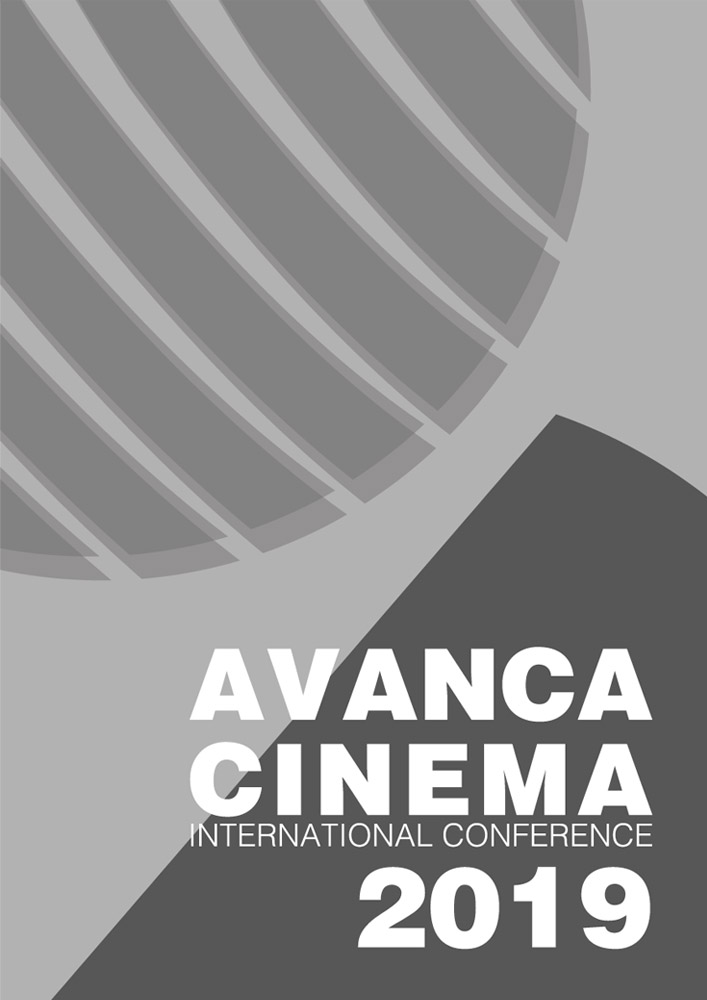Capítulo I _ Cinema – Arte
Dançamos? A construção do par dançante.
Resumo
When a couple dance, a face-to-face interaction is established putting into action a social and corporal file that belongs to a collective archetypal history. In fact, it is this collective archive that enables the communication between the dancing couple. When two persons, who do not know each other, decide to dance together they put into play (or should we say into dance) their common social file, but above all, the common file that interests their dance. Through dancing, the couple devises a choreographic repertoire that allow them to create a memory of a space and time, as well as the call of a legacy of rhythms and steps belonging to a universal choreographic library. The symbolic interactionism of which Erving Goffman is representative, have analyzed a series of daily life situations pointing out that Individuals shape their identity through contact with others. Goffman highlights the relevance of dance, mentioning the “ballroom” as the space par excellence of nonverbal relationships analysis. The author emphasizes that the dancer in a social dance context privileges almost exclusively the corporal communication, dissociating the semiotic use of the word, with a corporal vocabulary. Supported by Masayuki Suo’s film Shall we dance (1996), this paper aims to analyze, through the filter of symbolic interactionism, the way a dancing couple interacts, summoning a collective body and an individual body.

Este trabalho encontra-se publicado com a Licença Internacional Creative Commons Atribuição 4.0.

